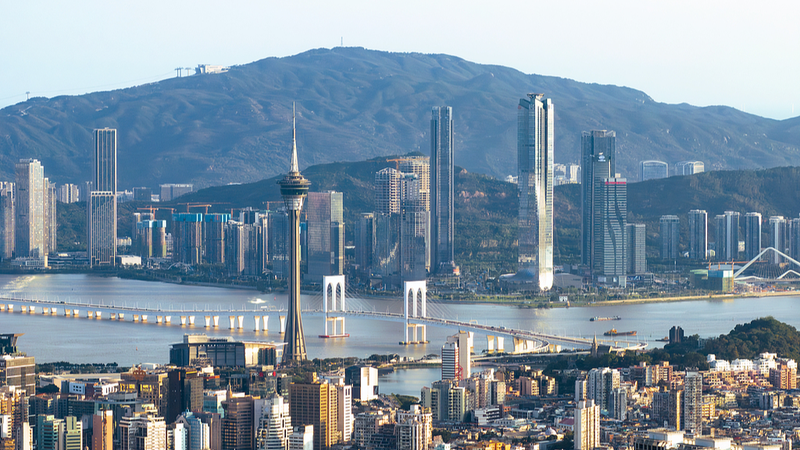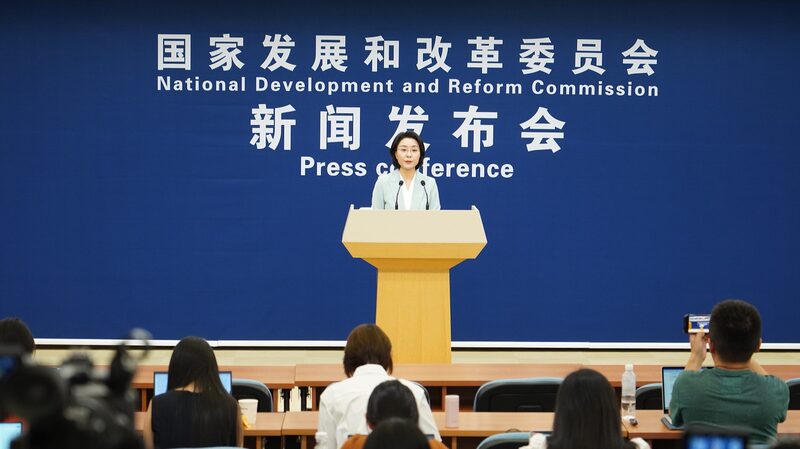As China transitions from rapid expansion to sustainable development, its regional coordination strategy has emerged as a cornerstone for building a modern, innovation-driven economy. With vast regional disparities and diverse economic conditions, authorities are prioritizing tailored approaches to unlock each area's unique potential.
Strategic Alignment for National Goals
The National Development and Reform Commission (NDRC) emphasizes integrating regional development with national priorities through three key mechanisms: coordinated regional strategies, major development initiatives, and functional zoning policies. This multi-layered approach aims to create an interconnected economic landscape where developed coastal regions complement emerging inland hubs.
Harnessing Regional Strengths
Rather than enforcing uniform growth models, China encourages provinces and autonomous regions to leverage their comparative advantages. Coastal zones focus on technological innovation and global connectivity, while central and western regions develop specialized manufacturing and green energy sectors. This differentiation strategy enhances inter-regional cooperation and resource optimization.
Long-Term Economic Dividends
By stimulating innovation clusters in advanced regions while supporting technology transfer to less-developed areas, China seeks to balance growth across its territory. Recent initiatives prioritize urban-rural integration and cross-regional infrastructure projects, creating new opportunities for businesses and investors in renewable energy, smart manufacturing, and digital infrastructure sectors.
Reference(s):
cgtn.com








